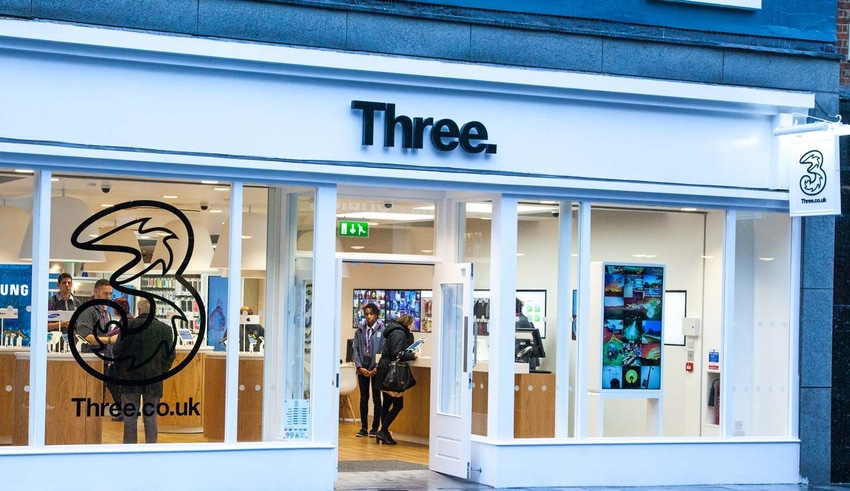Italy proves problem child for Three Europe with 12% subs decline
Aside from Italy, subscriptions grew slightly across the Three European footprint, though a 17% increase in total revenues should be taken with a pinch of salt.
March 19, 2020

Aside from Italy, subscriptions grew slightly across the Three European footprint, though a 17% increase in total revenues should be taken with a pinch of salt.
Any increase in revenues should not be snubbed of course, but what is worth noting is 2019 was the first year Three Europe felt the benefits from the additional 50% share in Wind Tre which reported solid results in the second half of 2019. The pre-existing businesses seemingly had somewhat of a difficult year.
UK | Italy | Sweden | Denmark | Austria | Ireland | |
Revenue | £2.4bn | €4.9bn | SEK6.6bn | DKK2.2bn | €867mn | €603mn |
Year-on-year | -2% | -1% | -5% | 0% | -2% | +2% |
Margin | £1.4bn | €3.5bn | SEK3.9bn | DKK1.7bn | €622mn | €454mn |
Year-on-year | -3% | -3% | -4% | +1% | 0% | +3% |
Customers | 13.7mn | 23.8mn | 2.1mn | 1.5mn | 3.7mn | 3.9mn |
Year-on-year | +3.7% | -12.2% | +5% | +7% | 0% | +8.3% |
ARPU | £17.79 | €10.72 | SEK283.22 | DKK124.43 | €20.62 | €19.28 |
Year-on-year | -2% | -6% | -6% | -3% | -2% | -4% |
Across the European footprint, total revenues increased to roughly €10.4 billion, though this is largely down to the increase stake in the Italian business. As you can see from the table above, 2019 proved to be a mixed bag for Three.
The active customer base, as of December 31, stood at 40.6 million, a 5% decrease from the same point in 2018. Aggressive competition in the Italian market was mostly to blame, though net ARPU and net AMPU across the Group also decreased by 8% and 7% to €12.94 and €11.04 respectively.
Perhaps more than anything else, these figures demonstrate the important of a diversified business and the convergence business model. Not only will these elements build customer loyalty, but ARPU can be increased with more services being offered.
One of the more common trends across the developed telecommunications markets around the world is the decreasing price of data per GB, while more customers are shifting towards unlimited data tariffs. These trends commoditise the data transmission segment but also erode profit margins.
Three is in somewhat of a difficult position, though it is certainly not alone, as many of the individual business units currently operate as a pure-play mobile telco. This looks to be a dangerous strategy to follow, as these trends are likely to accelerate rather than reverse.
There are initiatives in place to diversify revenues, Three UK is venturing into the world of fixed-wireless access (FWA), though the broadband market is already incredibly competitive. Others have also questioned the sustainability of a FWA market when fibre deployments are accelerating, and pricing also has to be very measured. Three UK currently charges £27 a month for 4G FWA, which is competitive.
Trends influencing the European business would perhaps suggest than more needs to be done to create added-value services into the mix. Content is a popular one for many telcos, though some are looking into areas such as financial services or digital security also. Partnerships are key, leaning on the expertise of other companies (Netflix or Disney+ for example) to reduce risk, and can offer recurring revenues for the telco who has the existing billing relationship with a customer.
These numbers should be considered very worrying for Three. The commoditisation of data is only going to be more aggressive as more data-intensive applications emerge and more elements of society are underpinned by digital, and it is incredibly likely more users will be paying less for data tariffs as competition inspires the race to the bottom.
About the Author(s)
You May Also Like











_1.jpg?width=300&auto=webp&quality=80&disable=upscale)


.png?width=800&auto=webp&quality=80&disable=upscale)